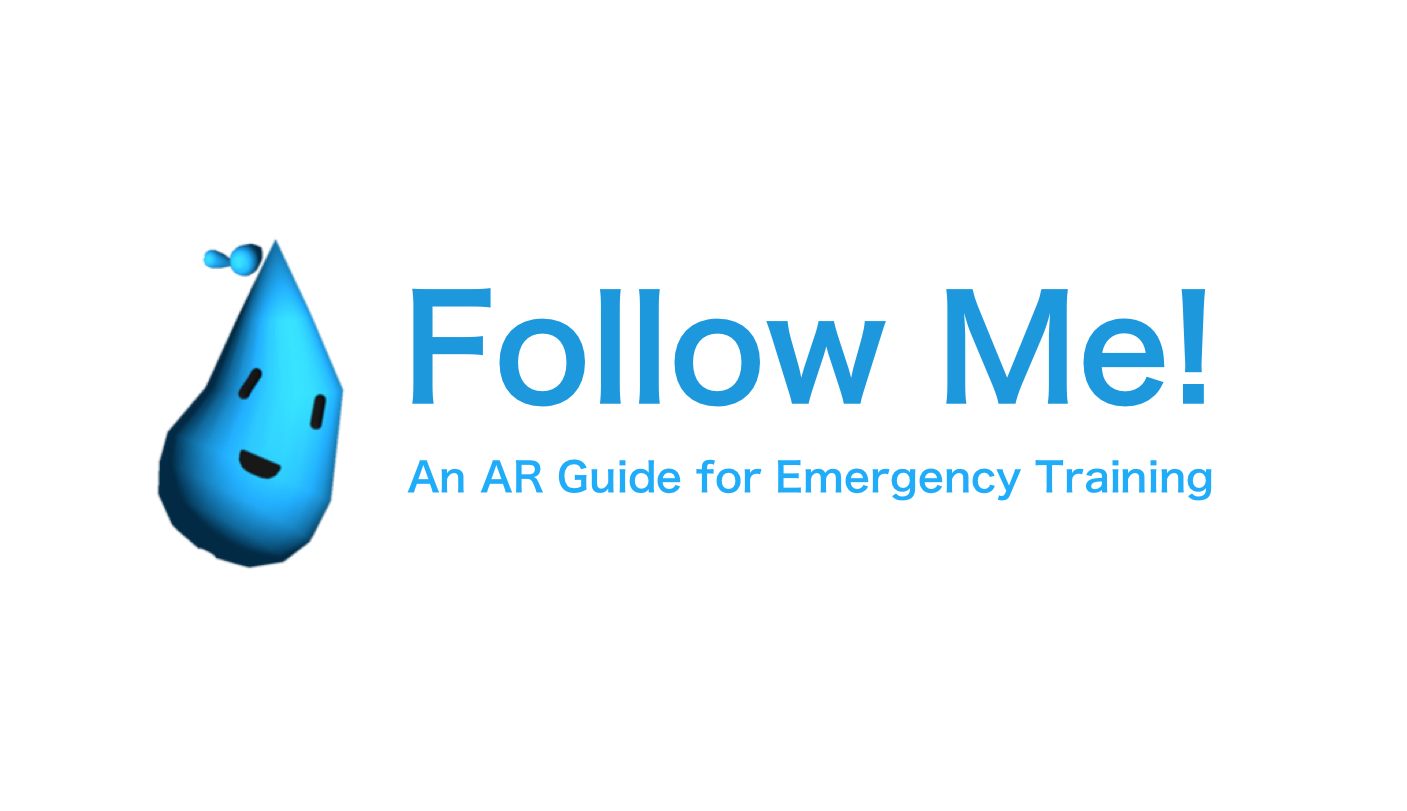
In March 2018 I attended Creating Reality, a four-day workshop and hackathon for Augmented and Virtual Reality. In two days, my team and I created the following AR experience.
Out of hundreds of contestants, we won 2nd place for Best Windows Mixed Reality Hack. The app was built in Unity for the Microsoft Hololens.
Problem
Emergency egress training (how to exit a building) is typically given in schools and places of employment every six months in the form of mass fire drills. This takes valuable time and money and leaves new students and employees unprepared if an emergency occurs before the drill.
Objective
Design an AR experience to train individuals how to safely exit their building in the event of a fire.
My Role
In the roles of Product Manager and UX Designer, I defined the scope of the project, designed the user flow, coordinated with developers, helped create some of the 2D assets, created and edited the voiceovers using Audacity, refined the demo experience, and assisted with testing.
User Journey
UX Challenges
The challenge was to take a rather mundane subject and create an exciting and engaging experience targeted to two very different audiences, adult employees and students from age 8 and up. To do this we created a friendly water-drop character to guide users through the escape route and incorporated mini-challenges teaching fire safety tactics along the path.
Our version is targeted more to kids, but you could easily swap in a more adult character guide and voice.
It was an ongoing challenge to translate UX features into developer language, especially as elements were jettisoned and condensed in the final hours to ensure we had a working MVP. Frequent stand-up meetings and group walk-through tests of our AR path helped keep all team members working toward the same goals.
The most debilitating issue we had was volume – if you can’t hear the audio, the experience doesn’t make sense. Simply adding headphones greatly improved the usability.
With its unique interplay between the real and digital world, AR presents some unique challenges.
One challenge was timing the voiceover instructions so that voiceovers, triggered when the user enters a geographical space, would not overlap. We solved this issue just under the wire by combining the introduction with the first voiceover, but this creates a lengthy exposition where the user and guide are standing still and nothing fun happens. To solve this, I would lengthen the distance they have to walk so that the user is actively engaged within the AR world – following the AR guide and looking for fire alarms in the real world - while receiving instruction.
Showing someone how to use a fire alarm while ensuring no one pulls the real fire alarm was an interesting challenge. In the first iteration, the user approaches the fire alarm, triggering an AR hand demonstrating how to pull the alarm and a voiceover describing the motion. A sturdy admonition to “Please do NOT pull the fire alarm!” was added at the beginning of this voiceover to ensure no accidental fire drills. To improve on this, I would delay the appearance of the hand until this warning had completed.